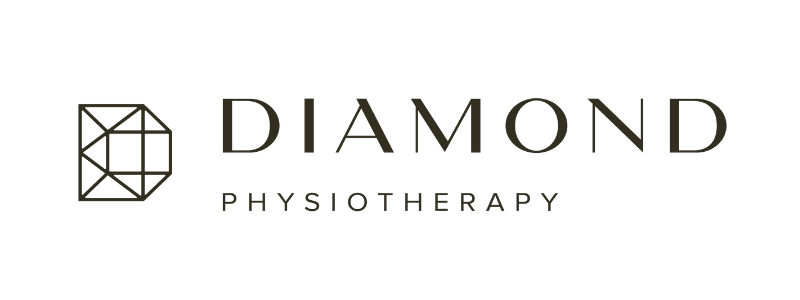Are your workouts hard enough?
For anyone following a training program, it’s common to have questions about the amount of effort needed to reach your goals.
Are your workouts hard enough? How do you know if you’re exercising too hard? A simple rule of thumb is to be working at an intensity that feels challenging.
This is where using your rate of perceived exertion, or RPE, comes in. You work with a scale from 0 to 10, where 1 is the least difficult, and 10 is the most difficult. The goal is to work somewhere in that 7 to 8 out of 10 range during a workout, where you feel like you're creating tension in your muscles to the point where they're challenged.
Being consistent in the gym and paying close attention to how your body feels while training is the best way to improve RPE accuracy. As you gain more exercise experience, you’ll get better at assessing your effort level and the capabilities of your body using the RPE scale. This system means you don’t need an external monitor or fitness tracker, and with time, it will only get easier to rate the difficulty of your workouts.
Where do we start?
For an exercise that has a predetermined amount of reps, consider how many more reps you could have completed in total. For example: let’s say you’re performing a chest press intending to do 10-repetitions. At the end of 10-reps, could you have performed a few more without breaking form? If the answer is yes, and you still could have completed 2-3 more reps, this is an RPE of 8. If you could have completed 4-6 more reps, it is an RPE between 5-7. If you could perform more than 6 reps at the end of the set, it’s a safe bet the weight isn’t heavy enough!
Like anything else, the more you do it, the better you become. Improving your ability to judge RPE means that you pay attention to your body as you train. As you become more comfortable listening to the signals your body gives, you will know when it is time to push harder and when it is time to back off.
This means of measuring the intensity of your workout could be just what you need to get the results you want.
Jamie Deloyer
Registered Physiotherapist


